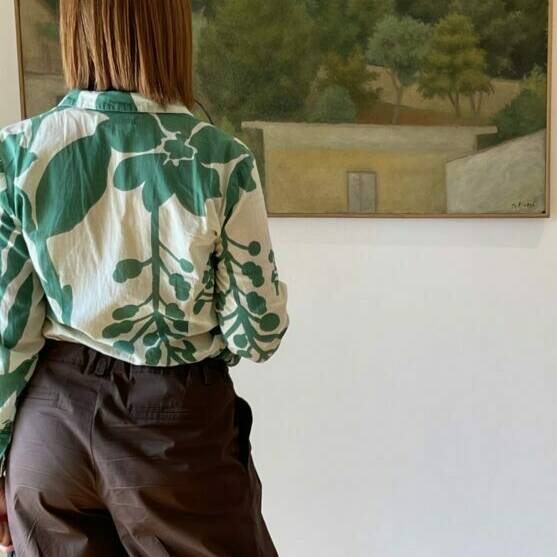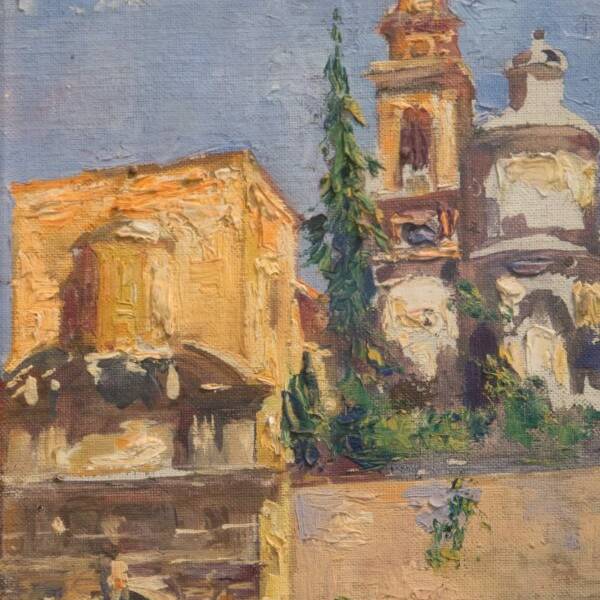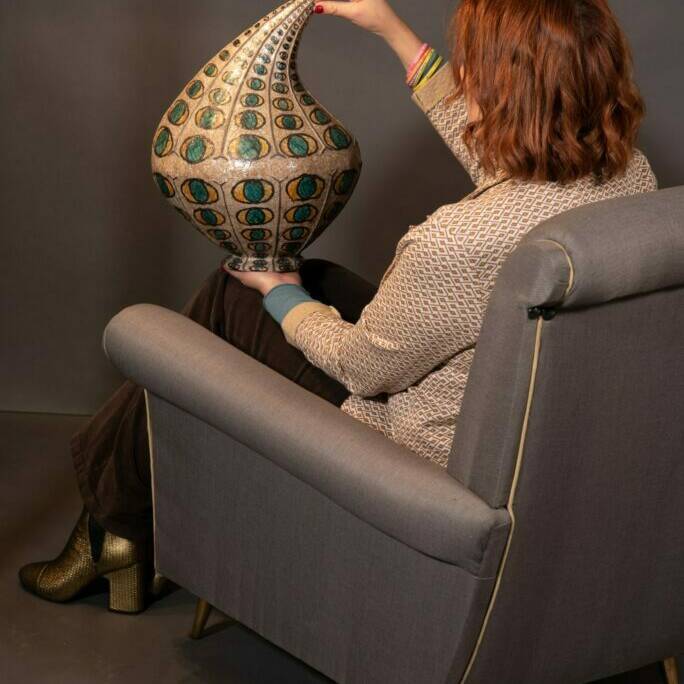Featured artists on Egidi MadeinItaly
Achille Perilli
He took part in the 34th Venice Biennale in 1968, which was the year of great protest, with a room dedicated to him but he closed the room in support of the protests underway.
Adriana Pircherle
Adriana Pincherle was the older sister of writer Alberto Moravia. When her work debuted in 1931, she immediately drew the attention of critic Roberto Longhi.
Alberto Issel
Alberto Issel was an Italian artist and designer from Genoa, known for his work in painting and Art Nouveau furniture.
Alberto Ziveri
Between 1929 and 1930, he stayed around Parma, where he studied Mantegna, Parmigianino, and Correggio
Aristodemo Zingarini
A Roman-school painter, Zingarini was born in Rome on January 30, 1878, and died there on November 5, 1944
Assen Peikov
Bulgarian sculptor who moved to Rome in 1938. He worked in the Via Margutta studio and collaborated with Marcantoni Ceramiche
Attilio Pratella
His landscapes are of real sensitivity; you can find several in the museums of Rome and Budapest
Camillo Innocenti
He returned to North Africa in 1925 and took over the direction of the Cairo Academy of Fine Arts.
Carlo Zauli
His first official accolade as an artist came in 1953 when he won the Faenza Prize in the 11th National Ceramic Competition.
Enrico Pollastrini
Painter of Romantic temperament, known in the Italian art scene for large canvases of historical themes preserved in important Italian museums and for those of a religious character
Eva Quajotto
In 1930, Cipriano Efisio Oppo wrote “Miss Eva Quajotto does not paint like a young lady! This is the highest praise that can be given to a young lady who paints."
Fausto Pirandello
In the mid-1930s, Fausto Pirandello reached a new maturity as an artist. He married the tonalism of the Roman School with an entirely personal approach to the figure











